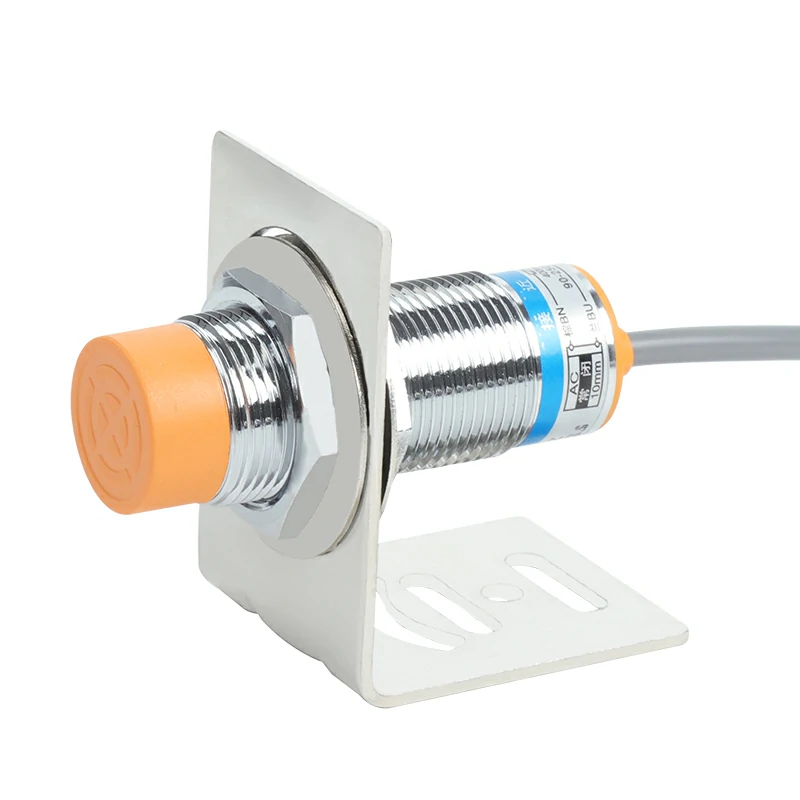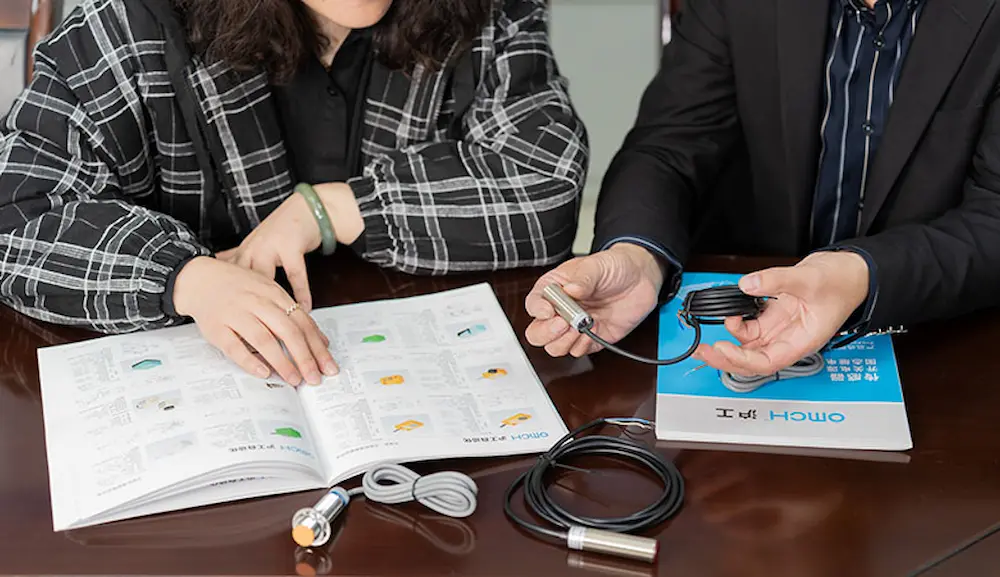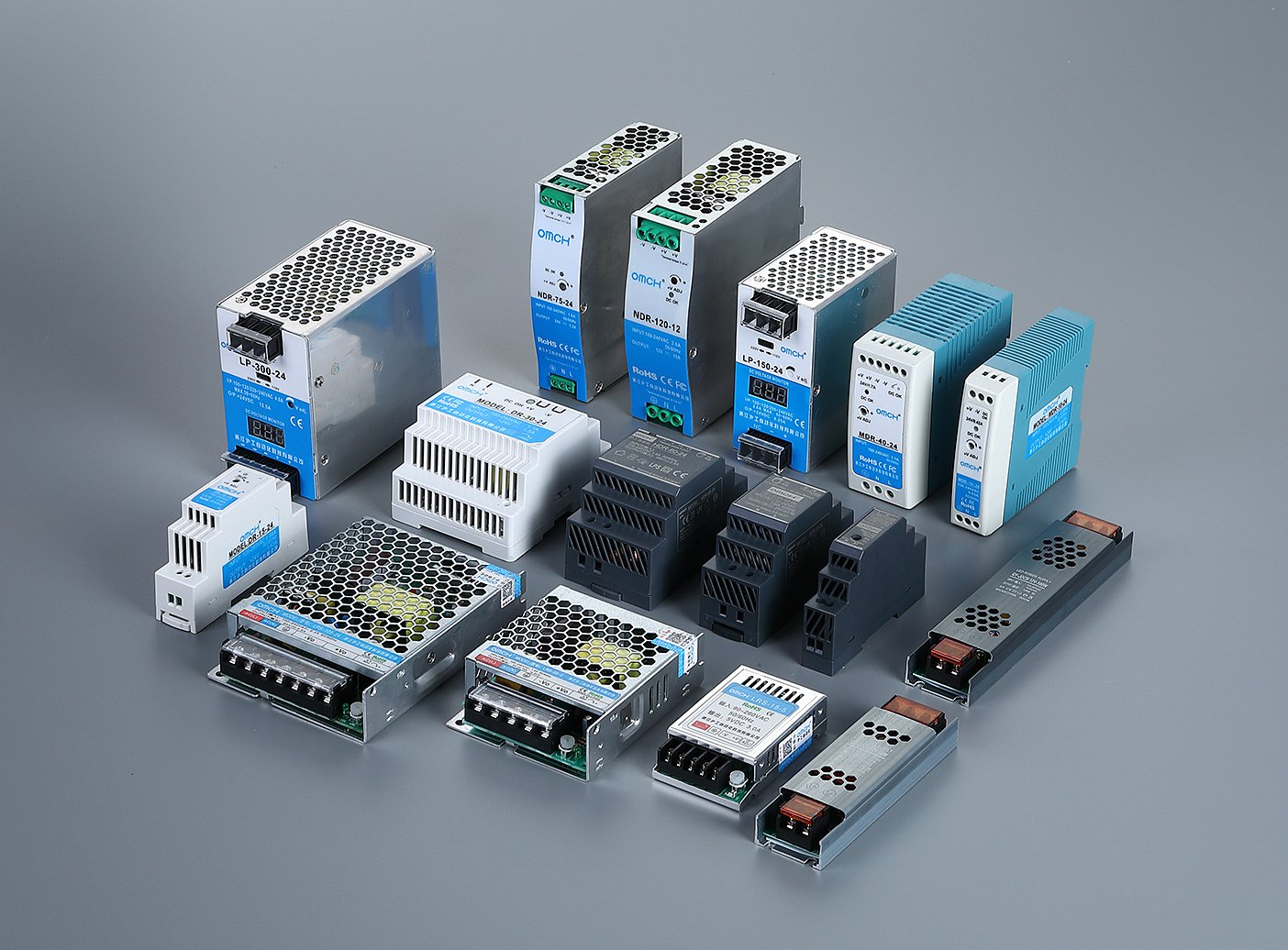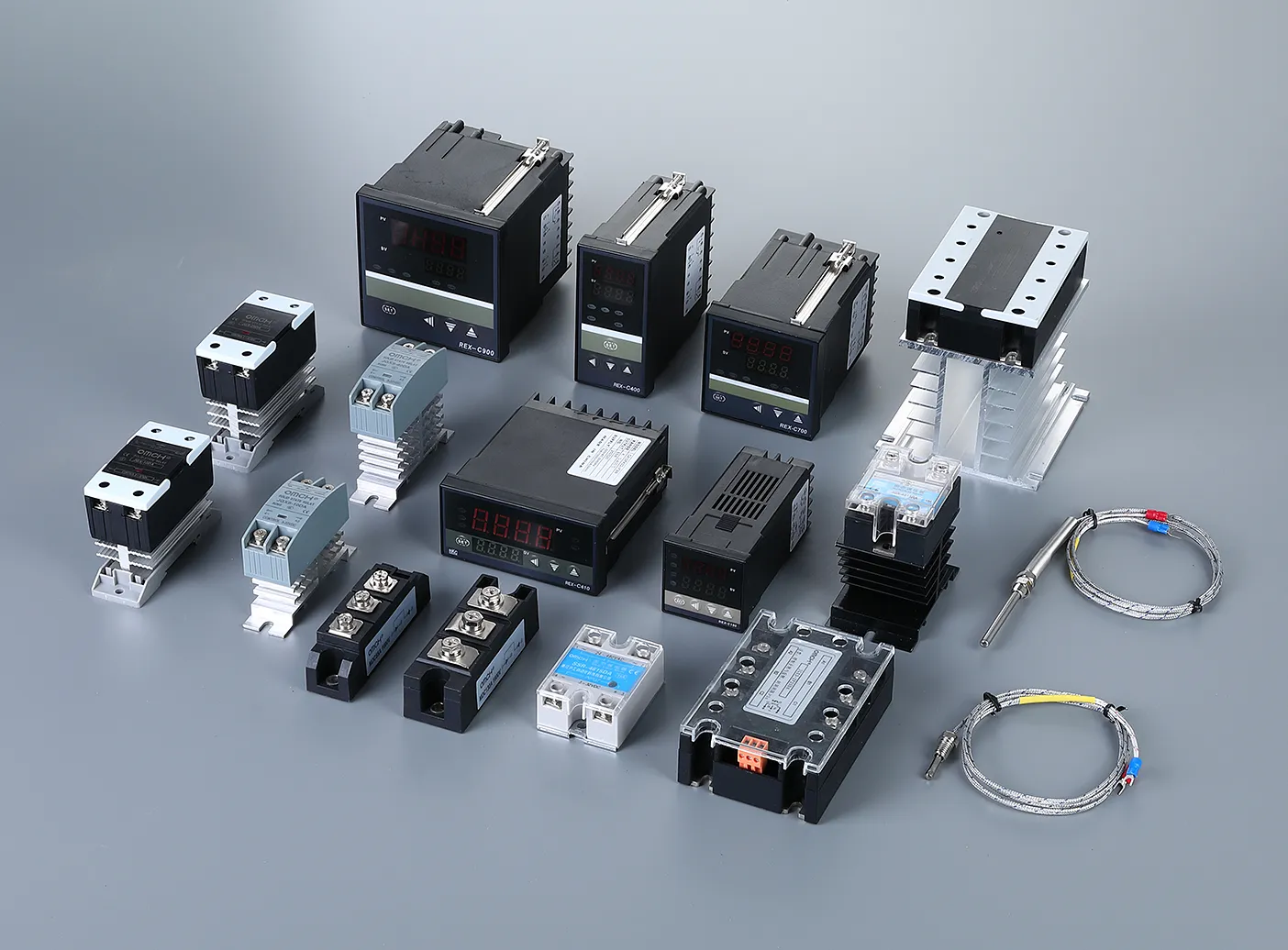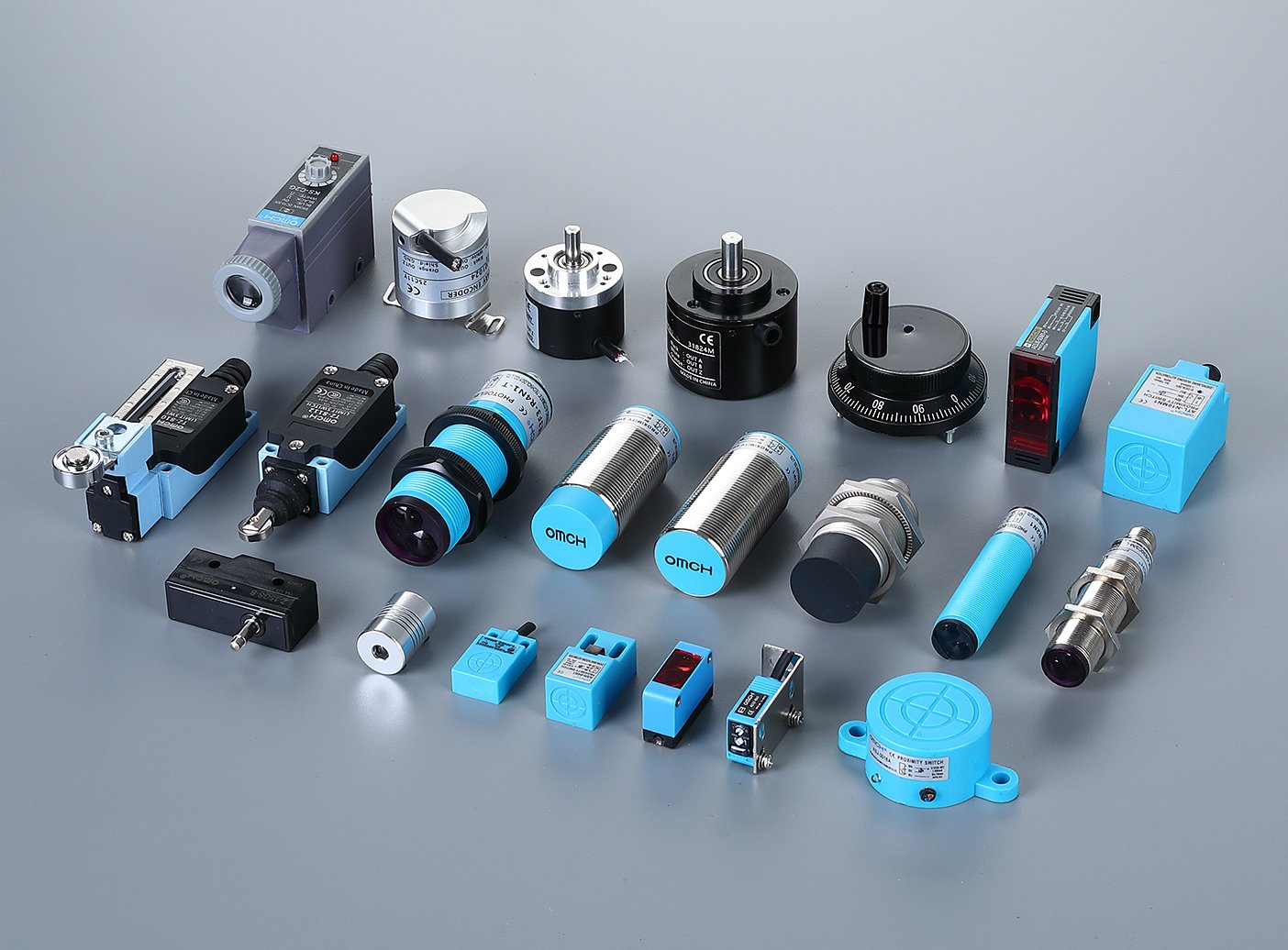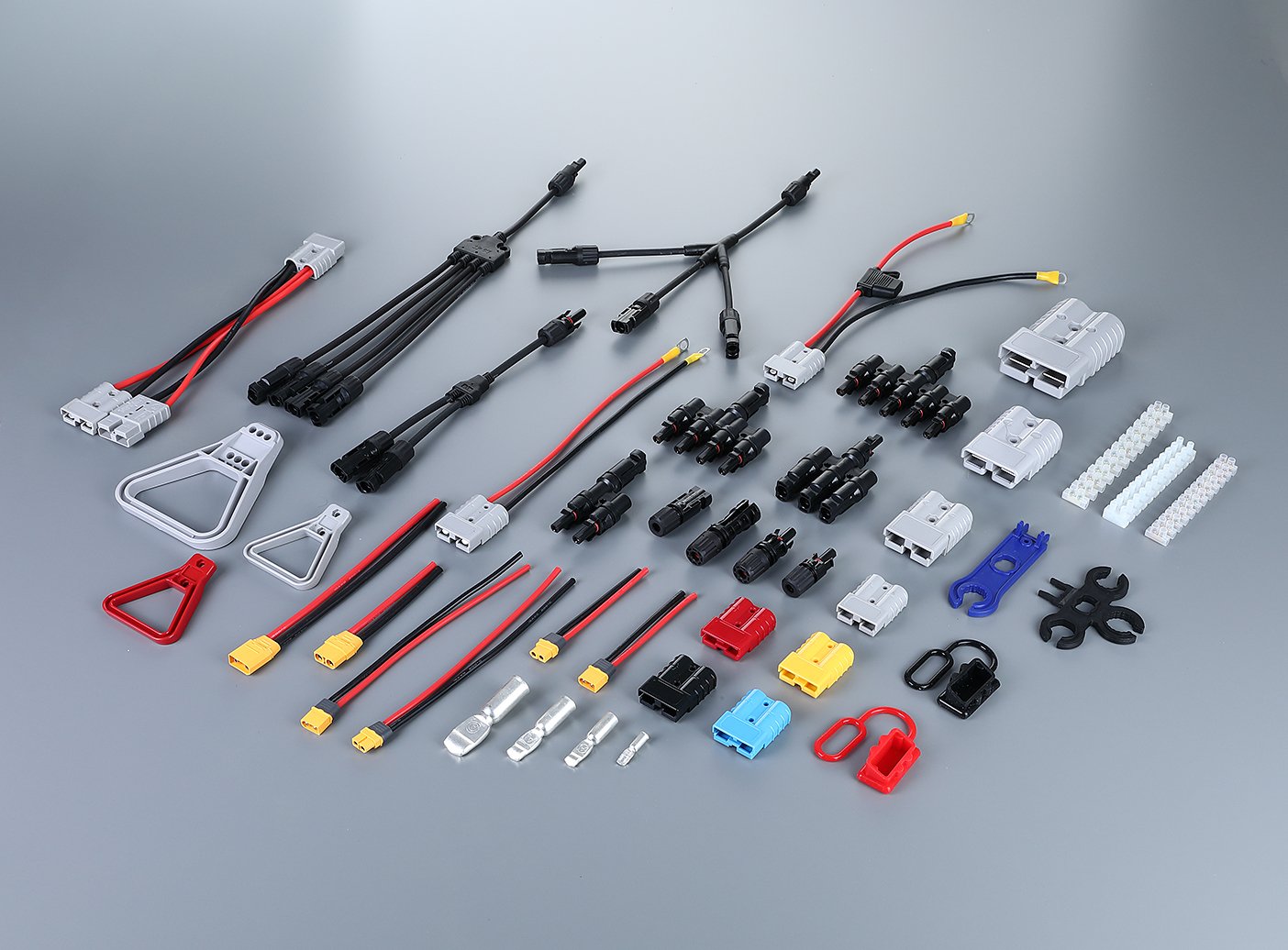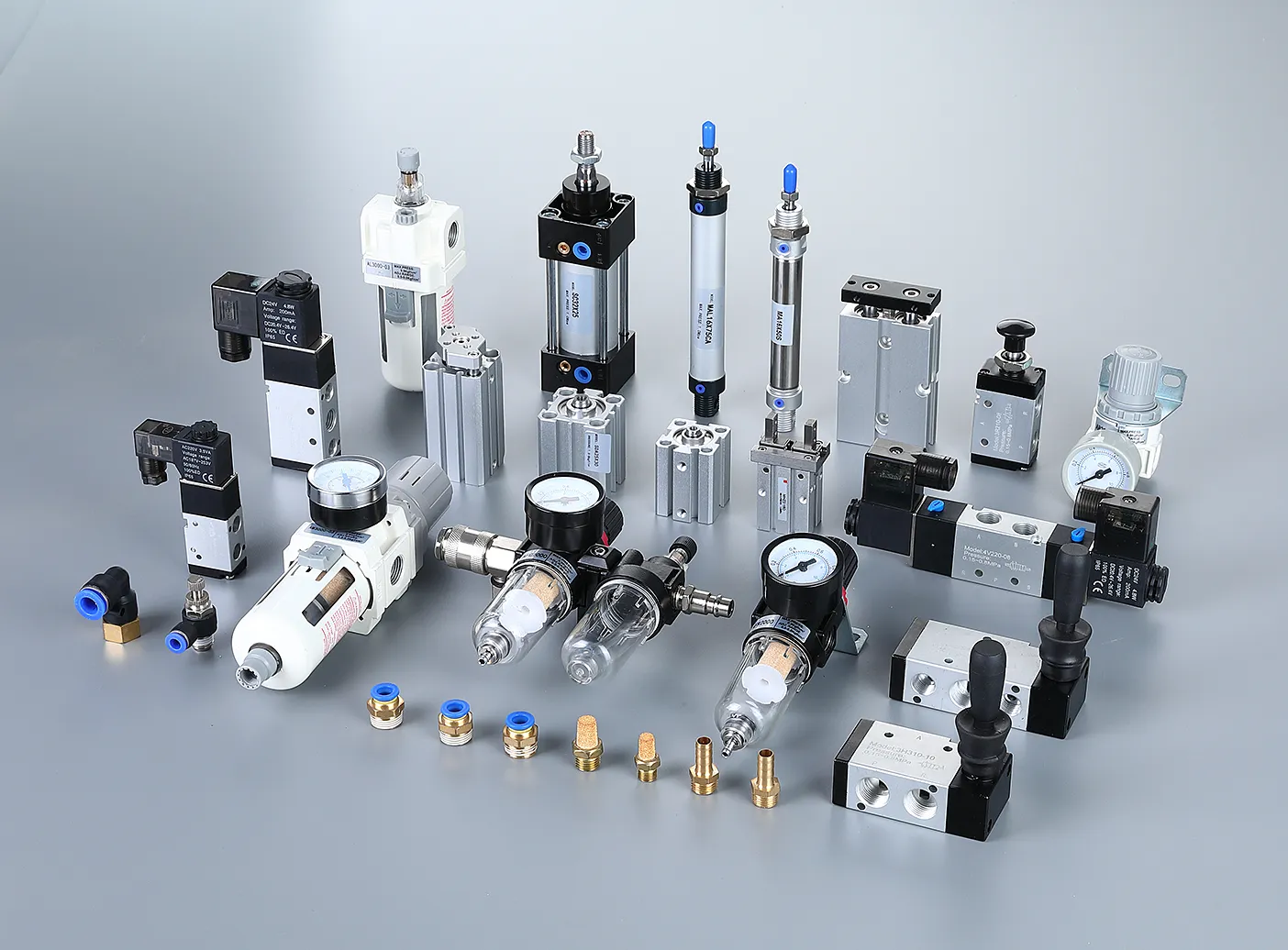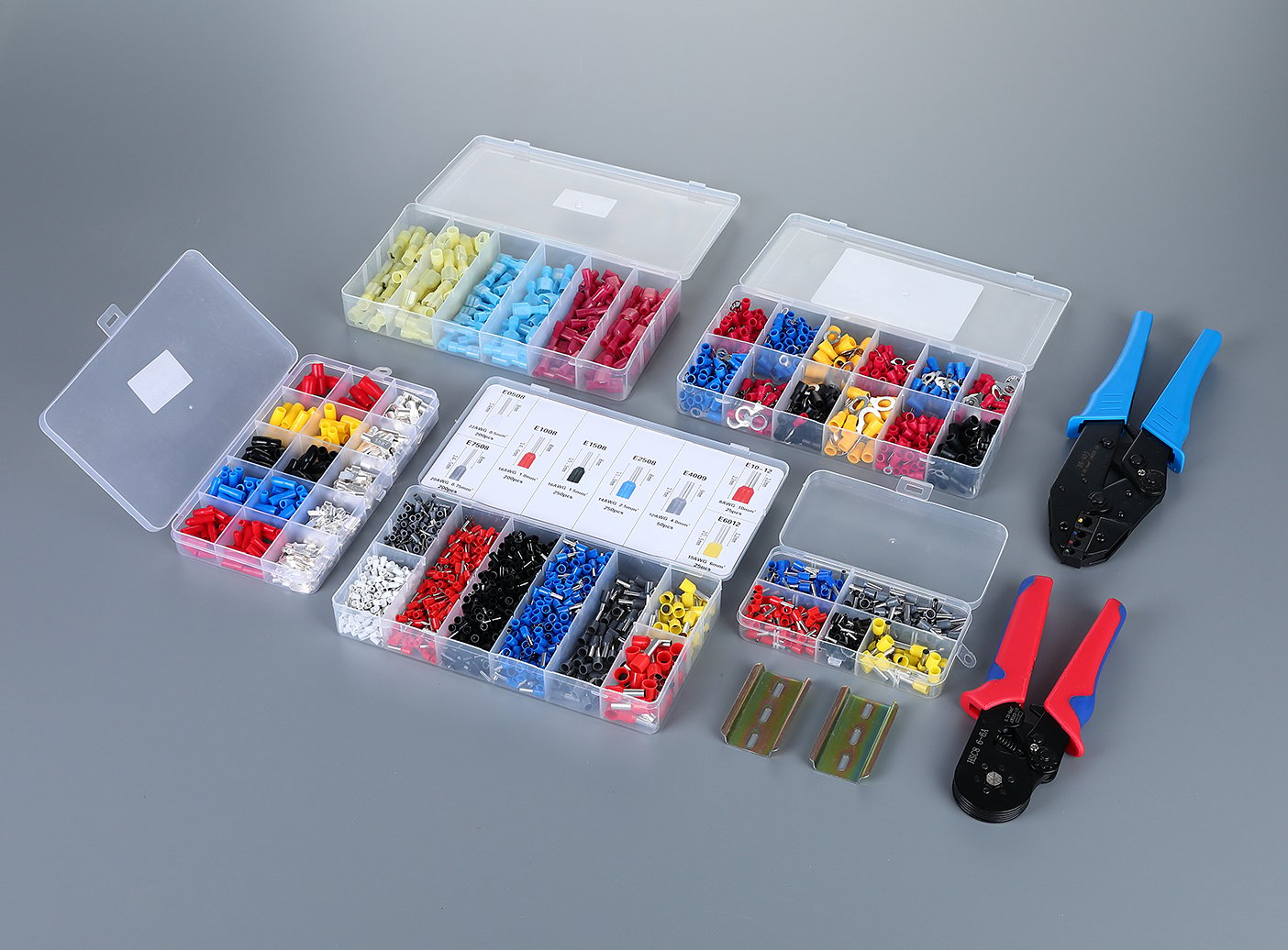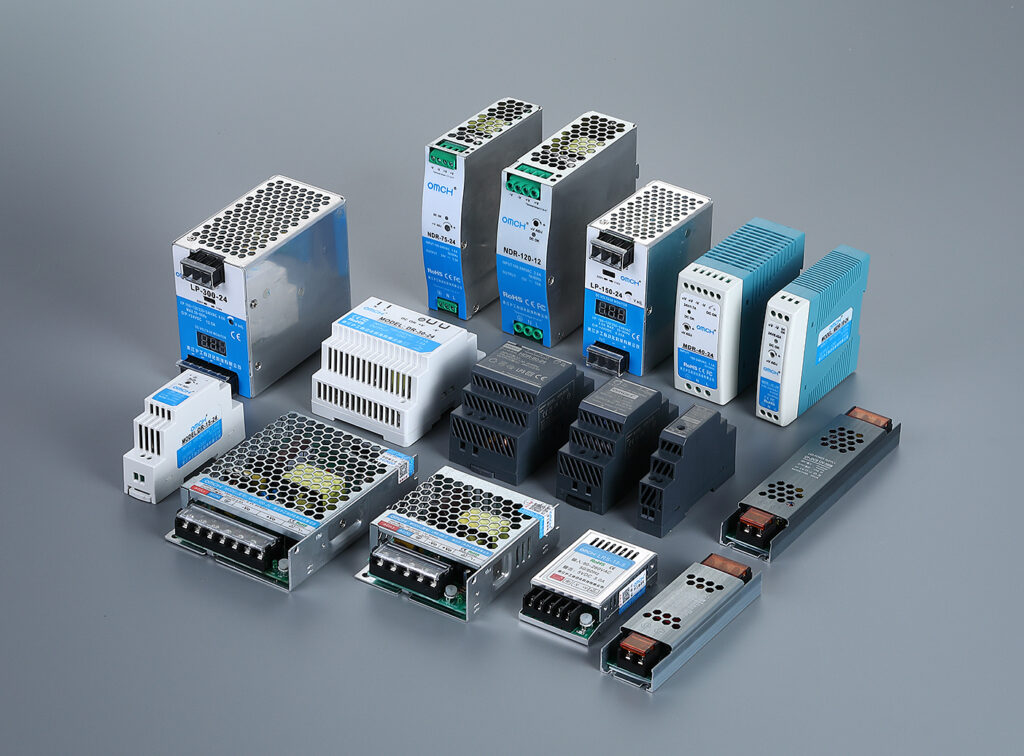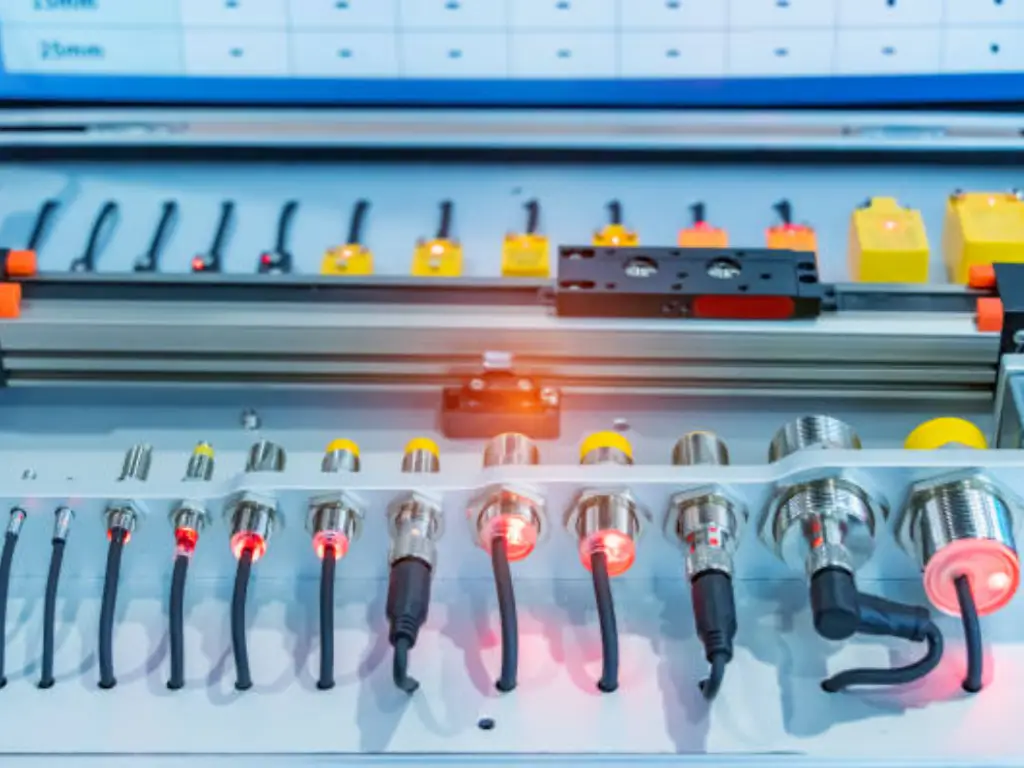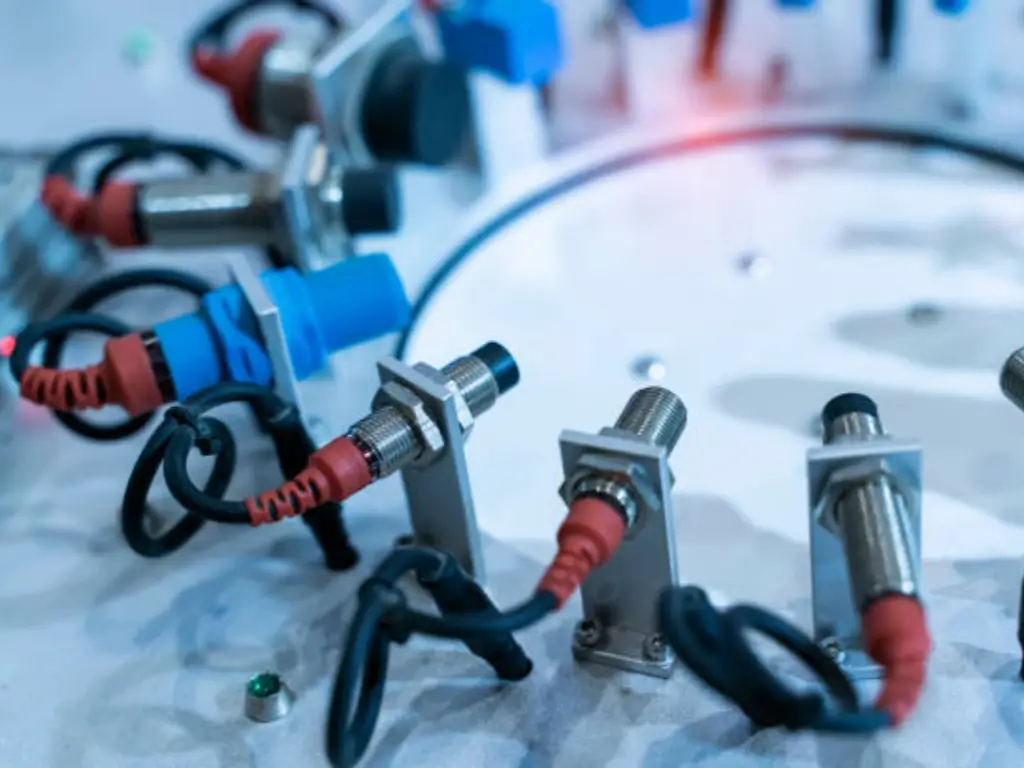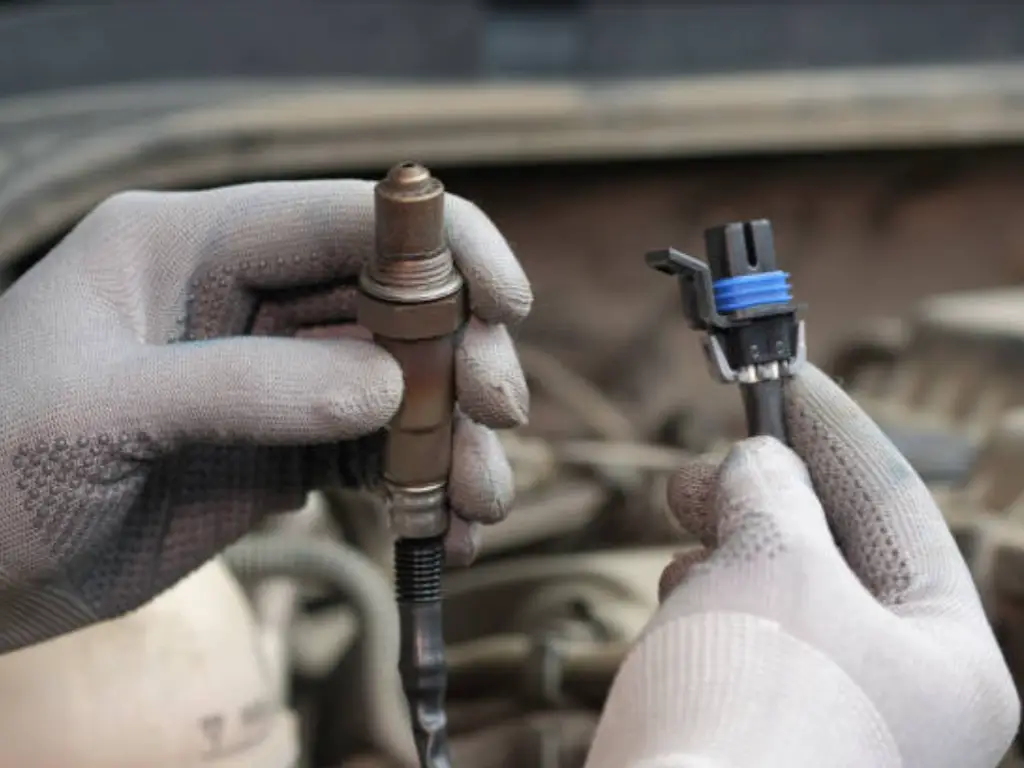Accuracy is now an essential need in the engineering world of today, where nothing comes as a luxury. In industrial automation, consumer electronics, and all other devices, it is possible to gain control of motion, but it must be accuarrete. The most important part of this capability is a vital electromechanical component: the rotary encoder. This tutorial introduces the rotary encoder in-depth, explaining its purpose, internal mechanisms, key categories as well as fundamental usage in a scope of applications/systems in real-life scenarios.
What Is a Rotary Encoder and Why It Matters
A rotary encoder is an electromechanical device, or an electromechanical sensor, that measures the rotary angle or motion of a rotating shaft and makes this information available in an electrical signal. This signal is analog in nature or may be a digital signal that supplies actionable information regarding the angular position of the attached equipment, direction of rotation of a shaft, speed and acceleration. Its operational capability is invaluable in many diverse mechanisms where accurate rotational feedback is required in a closed-loop control mechanism or an accurate measurement method.
A rotary encoder is basically different to a potentiometer although they are both commonly compared. A potentiometer is a simple absolute analog sensor, producing a voltage output that increases with the position of a movable wiper, and which has a limit of turning angle less than 360A}}$S at about 270 degrees, with the zero of the output corresponding to between 0 and 360 degrees (depending on manufacturer). Most rotary encoders, by contrast, are non-contact or are capable of a theoretically limitless degree of rotation, and the non-contact sensing techniques used thereby avoids the mechanical wear inherent in the wiper of a potentiometer. It renders them perfect to be used in continuous rotation applications and highly increases the operating life.
Rotary encoders supply the foundation data of millions of automated procedures. Such devices, used in industrial control, robotics, CNC machining and elsewhere, are vital in giving a system a feeling of how it is performing so that it can adjust to it and have a sense of its own condition. The study of how they work is important to any engineer or technician coming to work in these areas.

Understanding How Rotary Encoders Work
To its simplest core, what does a rotary encoder do is just carry mechanical spin to a series of electrical pulses. A rotary encoder works by completing this through a cleverly tuned interaction of a coded element and a sensing element.
The most important item is a patterned disc or codewheel that is pressed to the axle in question. This disk has a repeatable pattern with particular characteristics that a fixed sensor can sense. Application of this principle is different three main technologies:
- Optical Rotary Encoder: It is the commonest of the different types of encoders and at most times, it has the highest resolutions. The codewheel is a see through disc that has an arrangement of opaque lines or cuts on it. Instead, a light-emitting diode (LED) is used which projects its beam through the disc, and subsequently a photodetector records hits in the light beam when the opaque lines move across the line of detection; this produces a pulse.
- Magnetic Encoders: In this design, a magnetized rotor is used in the form of a code wheel having a series of north and south poles. The changes in the magnetic fields are detected by a stationary Hall effect or magneto-resistive magnetic sensor as the wheel rotates. Magnetic encoders can be very rugged and have high levels of reliability, and do not tolerate environmental factors such as dust, moisture, and oil well, making them suitable to dirty industrial applications.
- Mechanical Encoders: This is the cheapest and easiest to use. A pattern of conductive traces on a disc makes physical contact with a stationary set of brushes. A change in patterns as the shaft rotates interpens and breaks the circuits to develop a signal. They are mostly disadvantaged by the mechanical wear, short lifespan and contact bounce which necessitates signal de-bouncing.
The greater innovation of most incremental encoders is employing quadrature signals and thus the name quadrature encoder. They generate two distinct pulse trains (one is called Phase A and the other is called Phase B), that are out of phase by 90 degrees. By comparing which signal phase is ahead of the other, it is possible to tell the direction of rotation with certainty. When A leads B, the rotation on the plane is clockwise; when B leads A it is counter-clockwise. Also, one can measure the frequency of these pulses in order to obtain the speed of the shaft.
The more precise an encoder, the higher its resolution which is given in Pulses Per Revolution (PPR) or Counts Per Revolution (CPR). A 1000 PPR encoder will output 1000 pulses per 360-degree rotation on it s A and B channels. Multichannel encoders also include a third channel the Z signal or Index signal with this single pulse occurring every revolution. This will be of great use in the case of homing sequences and calibration of position.

Main Types of Encoders and Their Key Differences
Although encoders have several other d wildyne forms depending on how they sense, their most important categorization is by way of output. The decision to use an incremental-based encoder or absolute based encoder is a major design decision in the system and is dependent on position requirement and cost of the application in question.
Incremental Rotary Encoder: An incremental rotary encoder is an encoder which has an output stream of pulses giving the relative motion. It does not project the real positional state of the shaft, but that it is moved and in what direction. The controller in the system will have to record these pulses with respect to a known starting point. This starting point has to be homed, commonly via a homing routine on Z-signal. The first strong point of incremental encoders is that they are simple and cheap. Nonetheless, the major disadvantage is that in case of loss of power, all information on positions would be deleted. After reinstatement of power, the system should be re-homed in order to reclaim position.
Absolute Rotary Encoder: The absolute rotary encoder, instead, has a different signal– a digital word, or code, to each shaft position. In an absolute encoder, the codewheel is more complex in that each position is coded to a particular set of the binary code. This implies that when the system has lost power, but later regained the power, the encoder will provide actual position right when power is provided. This removes the requirement of a homing sequence and does not drop the positioning data during a power cycle, necessary in most of the critical safety and high position applications. Absolute encoders are even split further into:
- Single-Turn: Provides the absolute position within one 360-degree revolution.
- Multi-Turn: Includes an additional gear mechanism to also count the number of full revolutions, providing a unique code over a vast range of movement.
Unsurprisingly, the added complexity and capability of absolute encoders make them more expensive than their incremental counterparts.
| Feature | Incremental Encoder | Absolute Encoder |
| Output | A/B/Z pulse trains | Unique digital code for each position |
| Position Data | Relative change from a starting point | True absolute position at all times |
| Power Loss | Position data is lost | Position data is retained |
| Homing | Required after power loss | Not required |
| Complexity | Simpler, less wiring | More complex, multi-bit output |
| Cost | Lower | Higher |
| Common Use | Speed control, relative positioning | Robotic arms, CNC, absolute positioning |
Signal Outputs and How to Decode Rotary Encoders
The square wave output derived by an encoder has to be properly decoded at the receiving controller (commonly a PLC, microcontroller or drive). The correct classification of the different types of output signals is very important to provide hardware compatibility and signal integrity.
The dominant signal produced is the Quadrature signal (A/B phases) as explained in the previous paragraphs. However, the output driver circuit determines the electrical properties of the manner in which such signals are driven. Typical examples are:
- Push-Pull (HTL – High-Threshold Logic): A general, popular output. It positively swings the signal high (to the supply voltage) and low (to ground) so as to produce a strong noise-immune signal. It finds common use in the 24V industrial systems.
- TTL (Transistor-Transistor Logic): This driver gives a 5V square output and is targeted towards longer cable lengths because of its A and A-not, B and B-not, Z and Z-not output which is a differential line driver. There is superb common-mode noise rejection given by the differential signals.
- Open Collector (NPN/PNP): One of the output types is Open Collector (NPN/PNP), which is used like a switch. It is able to drive the signal line to the ground (NPN) or to the supply voltage (PNP), but not actively drive in the other direction. This necessitates an external pull-up or pull-down resistor at the controller end which is usually tied to a common pin such as VCC or the ground and is used to establish a definite logic state. This interfacing scheme is beneficial between systems of varying logic voltages.
The process of deciphering the A / B signals is logical. The controller keeps checking which of the two channels are available. The opposite or the same channel leads to a check to be performed to ascertain the direction. In case the channel A state is changed only now, the controller examines the current channel B state. When B differs with the previous state of A the direction would be clockwise and the same situation is in the other way round (when the previous state of A is similar to that of B then the direction would be counter-clockwise). The logic is usually applied to hardware counters or through software with the use of external interrupts to ensure reliable real -time monitoring. The quantity of wire (e.g., 3-wire, 5-wire) an encoder carries relates to its kind of output (an encoder with an output/DC-type must have more wires), its ability to utilize power, and whether or not the encoder has a Z-signal or a differential outputs.

Important Specifications When Selecting a Rotary Encoder
Thorough analysis to define the needs of the application must be done to determine which type of encoder is to be used. Until the incremental decision (vs. absolute) there are some important specifications that one has to take into consideration:
- Resolution (PPR/CPR): Such is the pulse count or the count of the revolution. Greater resolution permits greater accuracy of measurements but it necessitates using a controller that can send and receive at the higher data rate. It has to be coupled to the positioning accuracy necessary of system.
- Accuracy: This should not be mingled up with accuracy. Accuracy is the greatest error in the position as indicated by the encoder and the actual physical position. One usually measures it in arcminutes or arcseconds.
- Output Type: The type of output Push-Pull, TTL, or Open Collector selected should be compatible with controller input circuitry as discoursed above.
- Mechanical Specifications: This (included with the shaft diameter and the mounting pattern (e.g. flange mount, servo mount) and the physical size of an encoder body). It should fit physically in design of the machine.
- Environmental Ratings (IP Rating): IP (Ingress Protection) rating is a definition of the encoder which determines its dust and liquid resistance. It can be rated with a level of IP65, so it is dust tight and water jet proof, such that it is applicable in most industrial settings. Vibration and shock ratings:Also essential to machinery under a great deal of mechanical stress.
An amateur with a desktop 3D printed might forego the high cost and use an easier mechanical or low-resolution optical incremental encoder. Conversely, a design engineer developing a robotic arm to be built on a manufacturing line has to focus on absolute positioning, high accuracy and a sufficiently high IP rating, and will therefore lean toward a high-specification magnetic or optical absolute encoder.
Real-World Applications in Industrial and Consumer Systems
Rotary encoders have quite different and numerous applications depending on the various applications and almost every trade field of technology.
- Industrial Automation: Encoders are the key to motor feedback. They can be mounted on the rear of a servo, stepper, or DC motor impact shaft to feed speed and position information to the drive to offer higher control of conveyor belts, packaging machines, and automated collective lines.
- Robotics Systems: Multi-axis robot arms use absolute encoders along each joint to accurately measure both angle and position of each segment. The information is important in order to know the location of the end-effector of the robot, and have correct motions to be made by the controller.
- CNC & 3D Printing: 3D printing In computer numerical control (CNC) tools and 3D printers, encoders are mounted on the servo motors that run the ball screws and gantries. They guarantee the tool head or print nozzle to work with a micron precision.
- Automotive: In contemporary automobiles, encoders can be found in such applications as the steering wheel angle sensing in electronic stability control systems right up to the tactile feedback knobs of an infotainment system.
- Consumer Electronics: A low-cost incremental encoder can be found in the scroll wheel of a computer mouse on-a-smaller-scale. Encoders can also be used to give a smooth and continuous turn on the volume knobs of high-category audio equipment with digital accuracy.
How to Connect Rotary Encoders to Microcontrollers
One of the most typical engineering tasks is how to interface such type of position sensor with something that can interpret it, a controller such as the Arduino, Raspberry Pi, or a Programmable Logic Controller (PLC). It is accomplished through the proper electrical contacts and a program routine to read the signals.
First, be sure of the voltage levels. A 24 V HTL industrial encoder needs an interface of 5 V In open-collector outputs, external resistors to pull up to high must be provided to provide a solid high level in areas when the output is not driving.
Hardware interrupts provide the strongest software based approach to reading an encoder. Pins on the microcontroller to which the A and B channel outputs are connected are interrupt capable. Each rising and a falling edge of the signals activates an interrupt service routine (ISR). The inventory system routine (ISR) Inside the ISR, the decoding logic decides the direction and increases or decreases a position counter variable. This technique is considerably better than the so called polling (repeatedly checking the status of pin during a loop), that could indeed miss a pulse, even when the main program is busy elsewhere.
Typical traps are incorrect wiring (mixing A / B channels or power hot/neutral) and not considering signal bounce when using mechanical encoders. Minor capacitor in the hardware or listens for a few milliseconds and changes a state in software by responding to a “debouncing” algorithm Bounce may also be countered by a relatively high impedance to a common signal line between multiple devices. It is very important to follow the definite method of wire-up, code, test.
Why OMCH Is Your Trusted Encoder Manufacturer
The first step is studying the theory and use of the rotary encoders. The second, but not the least, is to source a device that will provide reliability and performance that your system needs.
OMCH is a professional manufacturer with more than 10 years experience in industrial control and electrical products. We have a record of delivering high performance components that are effective and reliable in areas of extreme use.
Our line of rotary encoders is designed to meet the rigorous requirements of modern automation and control systems. We offer:
- High-Resolution and High-Accuracy Models: Ensuring your system achieves the precision it was designed for.
- Diverse Signal Outputs: Our products cover all major output types, including Push-Pull (HTL), TTL Line Driver, and Open Collector, for seamless integration with your existing PLC or control hardware.
- Industrial-Grade Durability: With high IP ratings and robust construction, our encoders are built to withstand the vibration, contaminants, and temperature fluctuations of the factory floor.
Your machine is created to offer advanced CNC machine, robotics or complicated industrial automation processes, the feedback we offer is reliable regardless of the purpose of application. We stand behind our hardware with professional service to help you make the right choice in encoders on your assignment.
Learn more about our selection of high-quality professional encoder products as well as how we can improve the performance of your system at https://www.omch.com. We stand to present to you free selection consulting and testing services (samples).

